Are you suffering from a complex shoulder injury and looking for relief? Standard shoulder replacement is a common treatment for shoulder arthritis but may not be as effective 0in some cases, especially when other injuries are present. A reverse shoulder replacement is a procedure that stabilizes the shoulder, which can help with many shoulder conditions, including those in patients who have shoulder arthritis and large rotator cuff tears. If you’re looking for a shoulder specialist on Long Island, visit us at Dines Orthopedics, where we provide reverse shoulder replacements that will get you back in the swing.
Standard Shoulder Replacement and Reverse Shoulder Replacement: What’s the Difference?
A standard shoulder replacement is a procedure that involves fitting a plastic cup into the shoulder socket, also known as the glenoid. A metal ball is attached to the top of the upper arm bone, also known as the humerus. This effectively imitates the standard anatomy of the shoulder. On the other hand, reverse shoulder replacement switches the locations of the ball and the cup/socket, hence the name “reverse shoulder replacement.”
Is Reverse Shoulder Replacement Right for You?
This procedure is helpful for patients suffering from conditions including and beyond shoulder arthritis, but it is important to know who the right candidates are. Examples of conditions that can be treated by reverse shoulder replacement surgery are listed below:
- A completely torn rotator cuff – Torn beyond the possibility of repair.
- Cuff tear arthropathy – A complex type of shoulder arthritis. (Standard shoulder replacement can cause additional pain and limited mobility in cuff tear arthropathy).
- A complex fracture of the shoulder joint.
- A chronic shoulder dislocation.
- A tumor of the shoulder joint.
- Previously had an unsuccessful shoulder replacement.
- Severe shoulder pain – including when you attempt to move your arm away from your body and above your head.
- Have tried other treatments for the shoulder pain that have not been effective – Such as medications, rest, physical therapy, and cortisone injections.
What is the Procedure Like?
Reverse shoulder replacement surgery is a very complex and technical surgery. The surgeon will make an incision in your shoulder, either in the front or at the top. Then, they will replace the damaged components with the new ones. This is a tedious process that our surgeons complete very meticulously and methodically. The procedure usually takes around two hours to complete, but this process will require additional attendance before and after.
This procedure will leave the shoulder with extremely limited mobility for weeks, and it will likely take months for its functioning to be fully restored. It is recommended that before the procedure, you go through your home and move items off of high shelves/difficult-to-reach places. You’ll want to make your post-surgery life as manageable as possible with the limited shoulder mobility you’ll have. Be sure to consult your surgeon on what medications you may need to stop.
Non-steroidal anti-inflammatory medications, such as naproxen sodium, ibuprofen, aspirin, ibuprofen, and some arthritis medications, cannot be taken within two weeks of the surgery. Once you arrive for the procedure, you’ll likely be given a general anesthetic, which will make you sleep for the entire procedure, or a regional anesthetic, which will numb the area being operated on. Do you need a shoulder specialist on Long Island? We at Dines Orthopedics take pride in performing top-of-the-line reverse shoulder replacements that leave patients pain-free and return them to their fully functional form.
Recovery
After the procedure, you will have limited mobility in your shoulder, and it will take time to recover. Patients are most often able to go home 2 or 3 days after the procedure and are prescribed pain medications, including non-steroidal anti-inflammatory drugs, opioids, and local anesthetics. Once you are home, it is important to take the right actions to recover as quickly and effectively as possible. Here are some tips on how to go about your recovery:
- Follow the exercise program given to you by your doctor.
- For the first six weeks, avoid positions such as having your arm behind your back or out to the side.
- DO NOT attempt to lift anything heavier than 5lbs during the first six weeks.
- DO NOT attempt to push yourself out of a chair or bed using the arm operated on. This requires muscle contractions that your shoulder will not be ready for.
Shoulder Specialist on Long Island
Shoulder conditions can be frustrating and intrusive, so we take pride in providing top-notch treatment that will return you to your normal lifestyle. Contact Dines Orthopedics today if you’re looking for a shoulder specialist on Long Island.

